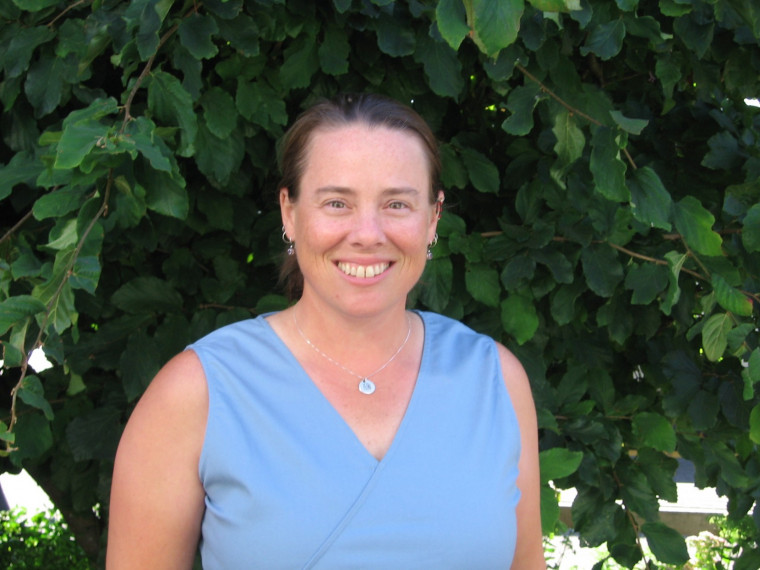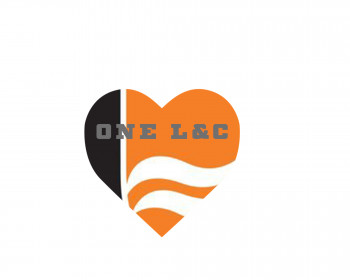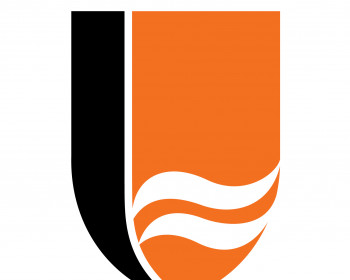Osmond to lead state-wide campus sexual assault committee
Open gallery

Melissa Osmond, associate director of health promotion, has served on the Campus Committee of the Oregon Attorney General’s Sexual Assault Task Force since 2005. In February, Osmond was asked to co-chair the committee which is designed to address the unique challenges facing the higher education sector’s response to and prevention of sexual assault.
The Source sat down with Melissa to talk about the committee, what she hopes to accomplish, and sexual assault at Lewis & Clark and in society more broadly.
What are the goals/purpose of the Oregon AG Sexual Assault Task Force?
The Task Force’s mission is to facilitate and support a collaborative, victim-centered approach to the prevention of and response to adolescent and adult sexual violence.
The Task Force provides training, resources, and advocates for changes in public policy on issues of sexual violence.
Two of their primary goals are to provide leadership to improve the prevention of and response to sexual violence; and identify and promote best practices and promising practices in support of effective sexual violence intervention, prevention and response efforts.
I encourage people to visit the Task Force website to learn more.
How does the Campus Committee’s efforts fit with the larger task force and how do the two entities work together?
The purpose of the Campus Committee is to promote sexual violence prevention efforts and a victim-centered sexual assault response on college and university campuses in Oregon. The Campus Committee is one of eight standing committees on the Task Force. The other committees include criminal justice, policy, offender management, medical forensics, prevention, victim response, and a steering committee.
College campuses are unique environments that require us to address many of the same issues the other committees are focused on. Campuses are communities in and of themselves and need to focus on advocacy for survivors, policy, conduct issues, and prevention. We work to address campus-specific needs, and collaborate with the other committees to strengthen prevention and response to sexual violence in Oregon.
What do you hope to accomplish as co-chair?
The Task Force published a Sexual Assault Response Team (SART) handbook for communities several years ago and the handbook is now in its third edition. The Campus Committee has been working for several years on developing a SART handbook specific to college and university settings. Work on this has been intermittent since 2005. The other co-chair Scott Etherton, from Oregon State University, and I would like to see that work completed. The handbook would be a valuable resource guide for Oregon campuses to use to build and/or strengthen their campus SARTs.
There has been a lot of public education about sexual assault and removing stigmas against sexual assault survivors over the last 20 or 30 years. Do you think, generally, we’ve come a long way in understanding sexual assault? What more needs to done?
In some respects we have come a long way since the ’80s and ’90s. One glaring example of this is the societal acceptance that non-stranger sexual assaults (formerly known as “date rapes”) are real and account for the majority of sexual assaults that occur. Numerous studies show that approximately 73 percent of survivors know their assailants, though only six percent of these assailants will spend any time in jail. This is where more work needs to be done. There is still the perception that it’s the stranger in the bushes with a knife that commits the majority of rapes. In most cases of sexual assault a weapon is NOT used. The perpetrators use coercion, threat of force, and/or preys on vulnerable victims to commit the crime. Thus, when the perpetrator is known to the survivor, there still tends to be this idea that it can’t be rape if there was no weapon involved or serious injury to the survivor. These misperceptions need to be corrected.
Another area of relative success is in reporting. Sexual assault remains the most under-reported crime, though since 1993 there has been an increase in reporting to police: in 1993, 84 percent of survivors did not report; in 2005, that number dropped to 60 percent.
Is there anything from your work/experience at Lewis & Clark you hope to bring to this position and vice versa?
I’ve served as a member of the Campus Committee since 2005. Being co-chair is an honor and provides me with the opportunity to help direct the focus of the work on the committee. As the L&C Coordinator for Sexual Assault Prevention and Response I bring the perspective of a small private school’s experience to the committee; and the knowledge of what works well and where we need to continue to break down barriers. What I receive from serving the committee far outweighs what I bring. Collaboration with a variety of stakeholders from diverse campuses is invaluable to the work I do at L&C. It is a very open and supportive group, where we feel comfortable sharing successes, challenges, and ideas for making our campuses safe for everyone.
If you could convey one or two things to the staff and faculty about sexual assault on the Lewis & Clark campus, what would you say?
Statistics tell us that college age women are four times more likely to be sexually assaulted. We know from our own National College Health Assessment (NCHA) spring 2008 data that eight percent of women and 1.6 percent of men experienced an attempted or completed sexual assault within the last school year. It is our responsibility as community members to actively work to end sexual violence.
If staff or faculty members encounter a student who has experienced sexual assault, it is important to offer resources and options for them. The best place to start is the Sexual Assault Response Advocate pager: 503-202-3119, or direct them to one of the websites below.
Lewis & Clark Health Promotion and Wellness Sexual Violence Prevention and Response
More The Source Stories
email source@lclark.edu

